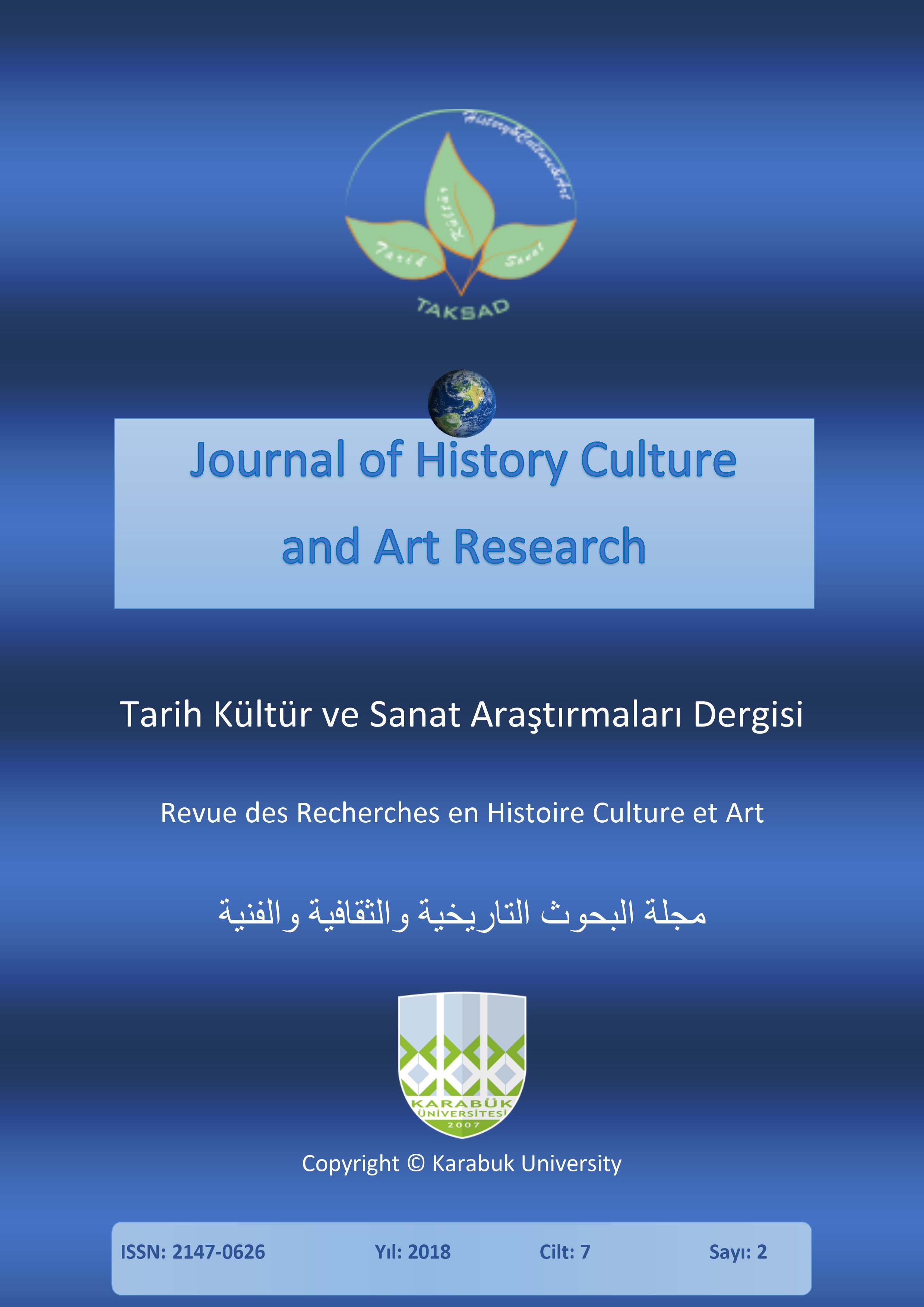Images of English Writers in the Novel «Old England» by E. L. Lann
DOI:
https://doi.org/10.7596/taksad.v7i2.1590Keywords:
Historical novel, E. L. Lann, Jonathan Swift, England, Russian-English literary ties, Tories, Whigs, Tradition, Intercultural communication, Artistic detail, Portrait.Abstract
Objectives: The article is aimed at understanding the peculiarities of the Soviet historical novel «Old England» by E.L. Lann, in particular, the unique images of the famous English writers Jonathan Swift, Joseph Addison and Alexander Pope. Methods: The article is methodologically based on research in the field of textology and poetics of the historical novel, of problems of intercultural communication, dialogue and «someone else’s word», and semiotics. In the process of analysis, cultural-historical, comparative-historical, historical-typological, historical-genetic approaches, as well as methods of problematic, comparative analysis of artistic works were used. Findings: The novel by E.L. Lann «Old England» recreates the social, cultural and literary life of England in the first half of the 18th century, in the time of opposition between Whigs and Tories, and contains vivid portraits of leading writers. In the foreground there is the figure of Jonathan Swift, who was worried about the fate of literature because it was losing the educative value and stopping to guide readers to higher ideals, accentuating the inferior principles of being. E.L. Lann shows the political parties in power, or aspiring to it, using the talents of many writers in their own interests due to the venality of the latter. Novelty: «Old England» is written in the traditions of the Soviet novel, but it has a number of features, that was stipulated by the unusual nature of the characters and by the special way of discovering characteristics of heroes.
References
Alekseyev, M. P. (1982). Russian-English literary relations (the XVIIIth century – first half of the XIXth century). Moscow: Nauka (Science).
Fedorov, A. V. (1983). Basics of general theory of translation (Linguistic problems), (4th ed., revised and enlarged). Moscow: Vysshaya shkola (Higher school).
Gachechiladze, G. G. (1980). Literary translation and literature relations. Moscow: Sovetskiy Pisatel (Soviet Writer).
Lann, E. L. (1943). Old England: Historical novel. Moscow: State publishing house of fiction.
Pautkin, A. I. (1970). Soviet historical novel. Moscow: Znanie Knowledge.
Petrov, S. M. (1961). Historical novel in Russian literature. Moscow: Uchpedgiz (Educational Pedagogical Publishing House).
Vatchaev, S. P. (2015). Thematic features of publications aimed at the allies of the anti-Hitler coalition. Bulletin of the Moscow Humanitarian-Economic Institute, 2, 25–30.
Veselovskiy, Alexander N. (1940). Historical poetics, (Ed., an introduction and comments by V. M. Zhirmunskiy). Leningrad: State publishing-house of belles-lettres.
Veselovskiy, Alexey N. (1906). Western influence in new Russian literature, (3rd ed., revised). Moscow: I. N. Kushnerev and Co typolithography.
Zhirmunskiy, V. M. (1979). Comparative literature study. East and West. Leningrad: Nauka (Science).
Downloads
Published
How to Cite
Issue
Section
License
All papers licensed under Creative Commons 4.0 CC-BY.- Share — copy and redistribute the material in any medium or format
- Adapt — remix, transform, and build upon the material for any purpose, even commercially.
Under the following terms:
Attribution — You must give appropriate credit, provide a link to the license, and indicate if changes were made. You may do so in any reasonable manner, but not in any way that suggests the licensor endorses you or your use.
- No additional restrictions — You may not apply legal terms or technological measures that legally restrict others from doing anything the license permits.







